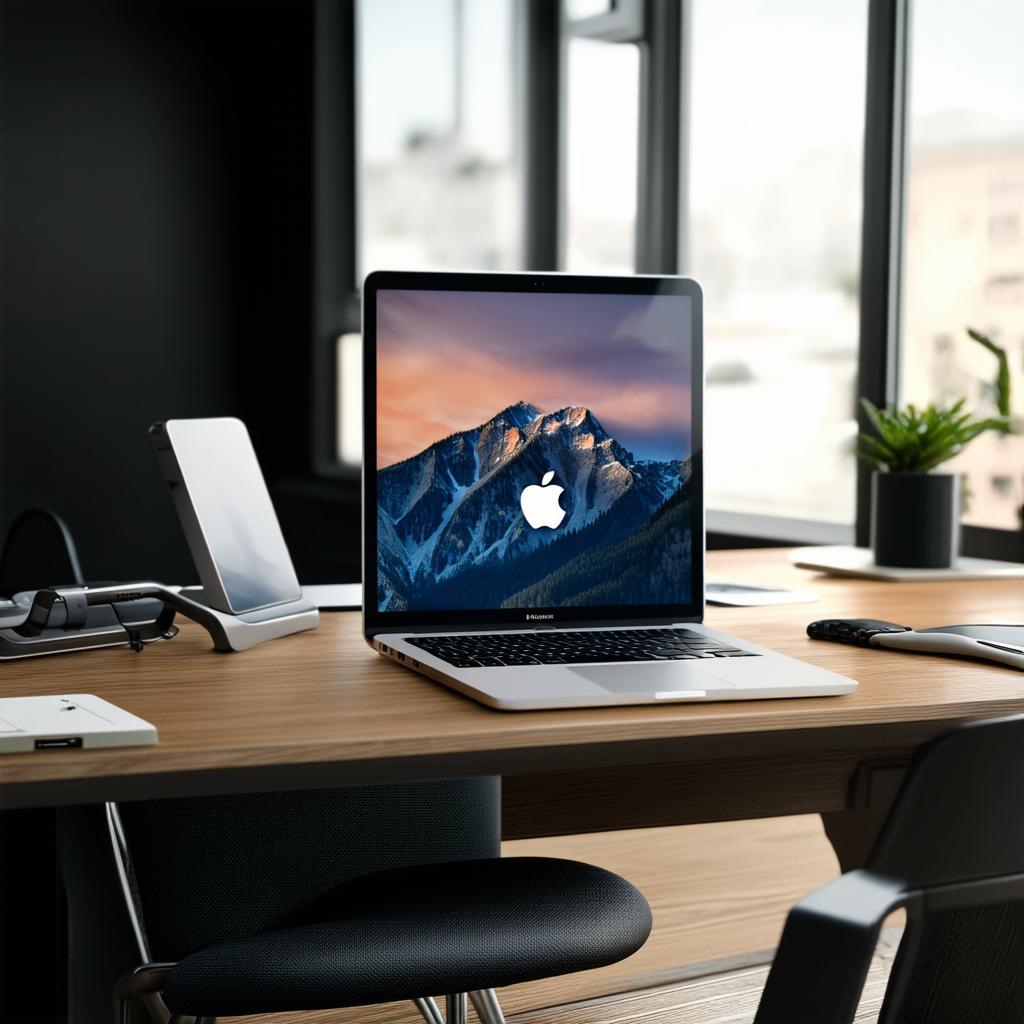Introduction:
As an iOS developer, upgrading your MacBook Air to the latest version of iOS can provide you with access to new features and tools that will enhance your development experience. In this article, we will walk you through the steps to upgrade your MacBook Air to the latest version of iOS, as well as discuss the benefits and potential issues you may encounter during the process.
Table of Contents:
- Introduction
- Benefits of Upgrading iOS on MacBook Air
- Prerequisites for Upgrading iOS
- How to Upgrade iOS on MacBook Air
- Troubleshooting Common Issues with iOS Upgrades
- Frequently Asked Questions (FAQs)
- Summary
Benefits of Upgrading iOS on MacBook Air:
Upgrading your MacBook Air to the latest version of iOS can bring several benefits, including access to new features and tools that will make your development experience more efficient and productive. Some of these benefits include:
- Enhanced security features and bug fixes
- Improved performance and stability
- Access to new development tools and frameworks
- The ability to use the latest version of Xcode and other development software
Prerequisites for Upgrading iOS:
Before you can upgrade your MacBook Air to the latest version of iOS, there are a few prerequisites that you need to meet. These include:
- A MacBook Air running macOS Catalina or later
- At least 2GB of free disk space
- An internet connection with sufficient bandwidth for the upgrade process
How to Upgrade iOS on MacBook Air:
The process of upgrading your MacBook Air to the latest version of iOS is straightforward. Here are the steps you can follow:
- Open System Preferences and click on “Software Update”.
- If an update is available, click on “Upgrade Now”.
- Follow the on-screen instructions to complete the upgrade process. This may take some time depending on your internet connection speed.
Troubleshooting Common Issues with iOS Upgrades:
While upgrading your MacBook Air to the latest version of iOS is generally a smooth process, you may encounter some common issues during the upgrade. These include:
- Slow or unresponsive performance
- Connectivity issues with other devices or networks
- Compatibility issues with certain apps and software
To troubleshoot these issues, you can try the following steps:
- Restart your MacBook Air and wait for it to fully boot up. This may help resolve slow or unresponsive performance issues.
- Check your internet connection to ensure that it is working properly. You may need to reset your router or contact your internet service provider if you are experiencing connectivity issues.
- Contact the app or software developer directly to report compatibility issues. They may be able to provide a workaround or update their product to ensure compatibility with the latest version of iOS.
Frequently Asked Questions (FAQs):
1. What is the difference between upgrading and restoring iOS on MacBook Air?
Upgrading your MacBook Air to the latest version of iOS involves installing the new software over your existing installation, while restoring iOS involves wiping all data and settings from your device and starting fresh with a clean installation of the new software.
2. Can I downgrade my MacBook Air to a previous version of iOS?
Unfortunately, it is not possible to downgrade your MacBook Air to a previous version of iOS once you have upgraded to the latest version.
3. How long does it take to upgrade iOS on MacBook Air?
The time it takes to upgrade iOS on MacBook Air depends on your internet connection speed and the size of the update file. It may take several minutes to an hour or more to complete the upgrade process.
4. Is upgrading iOS on MacBook Air free?
Upgrading your MacBook Air to the latest version of iOS is generally free, as long as you have a valid Apple ID and meet the prerequisites for the upgrade.
Summary:
Upgrading your MacBook Air to the latest version of iOS can bring several benefits, including access to new features and tools that will make your development experience more efficient and productive. While there may be some potential issues with the upgrade process, these can typically be resolved through troubleshooting or contacting the app or software developer directly.

